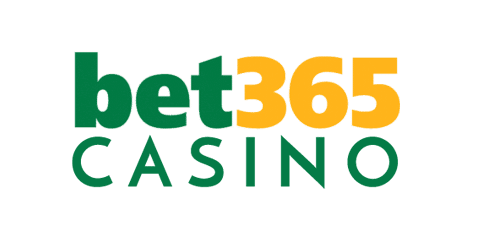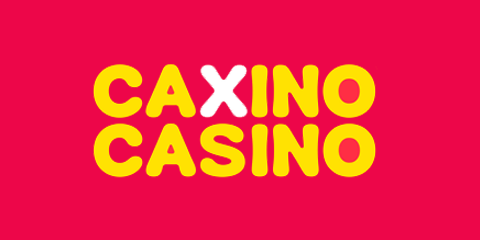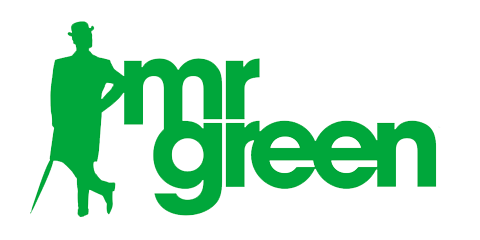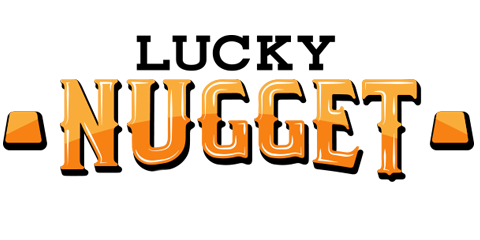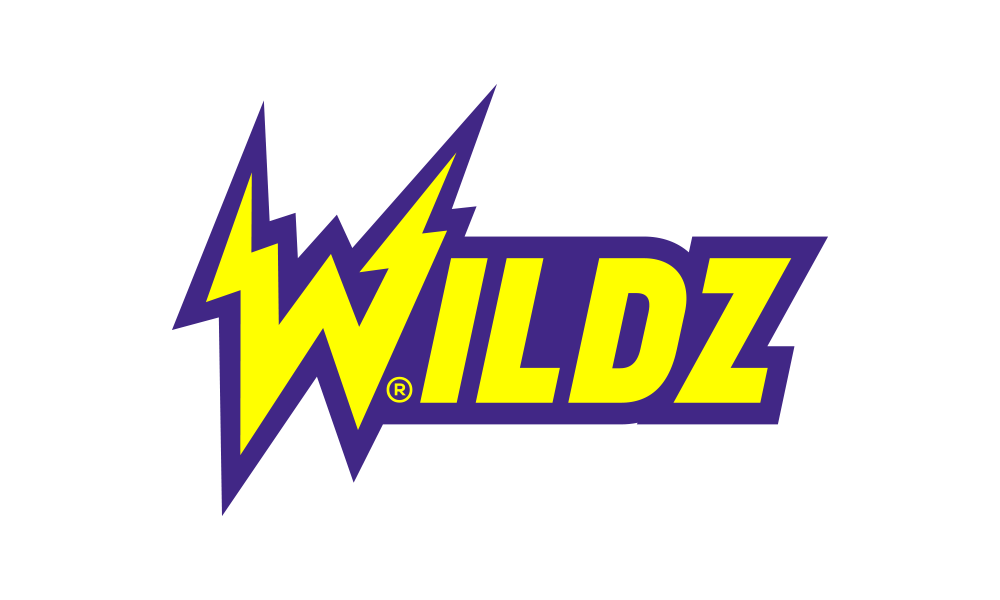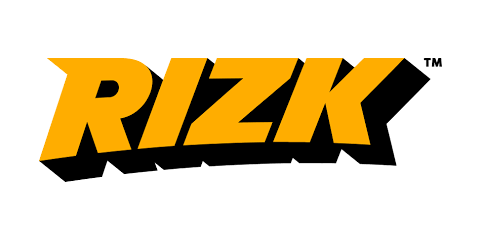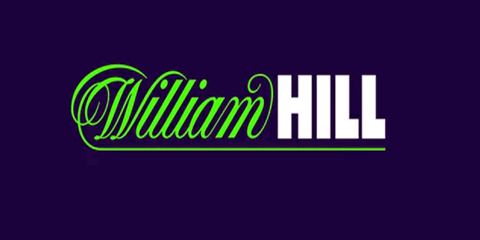Types of odds at bookmakers
English or fractional quota
It is said that the birthplace of bookmakers as specialized independent enterprises on an “industrial scale”, is England. It sounds logical that it is this country that gave the world bookmakers with their own structure in terms of odds. British betting is very popular in our time. Keeping the traditions of their ancestors, British gambling establishments are among the most appreciated.
Almost all the Moderna British betting websites offer by default the English odds. British bets are expressed in fraction format, for example: 20/4.
This figure shows the ratio of the sum of the net winnings to the bet. That is, at a rate of 4 pounds, your net profit (net of the amount of the offer) will be 20 pounds, in this case it would be the same with NZD.
Ratio of 20/4 is similar to our usual decimal quota 6.0. To translate the English quota into our traditional form of a decimal, you will need to divide the numerator by the denominator figure, and then add 1.
- 20/4 = 5
- 5+1 = 6.00 will be the decimal quota
Dollar or decimal quota
Dollarpeas betting was born when the betting business began to gradually migrate from the United Kingdom, in neighboring France, to the entire western Dollarpa. Firstly, a British company operated on the territory of the Western Dollarpa countries. After some time, the British began to become worthy competitors in the face of French and German gambling.
Most of the new bookmakers considered the English calculation factor unnecessarily complicated. So the calculation dollarpeo or more familiar to us, as it is called, of decimal quotas was born.
At the moment, it is mandatory that the dollarpea quota (although not always by default) is represented in all bookmakers in the world (in many of them it is the only one). The dollarpea quota is written in decimal form, it is our traditional values of 2.0; 4.3 etc.
American quota
The rarest and most difficult to understand is the American factor, which was born in the United States several years after the country's independence.
The American factor quickly attracted attention in local gambling establishments. The main feature is the presence of a positive or negative sign (+ or -) in front of the number. This tag allows you to define which team is the favorite. An indication of the status of favorite is a negative sign (-).
It is undoubtedly the most complex type of odds if you are not used to them. Let's give two examples: +300, -300.
In this type of odds, when they are higher than 2.00 decimal, they are indicated with a positive sign, while odds lower than 2.00 decimal are preceded by the negative sign.
In the odds with a positive sign (for example, + 300), that odds will tell us how much we will win net if we bet 100 monetary units (dollar, dollar, whatever). In this case of the example, betting 100 NZD we would win 300 net profit.
On the other hand, the odds with a negative sign reflect how much we will have to bet to win 100 units of the currency we use (100 NZD, for example). If we take the -300 odds, it indicates that to win 100 NZD we will have to bet 300.
Converting these quotas to decimal is very simple:
- If positive: divide the quota /100 and add 1. For example: +300 would be 300/100 = 3 + 1 = 4.00 decimal
- If negative: divide 100 by the quota and add 1. For example: -300 would be 100/300 = 0.33 + 1 = 1.33 decimal

